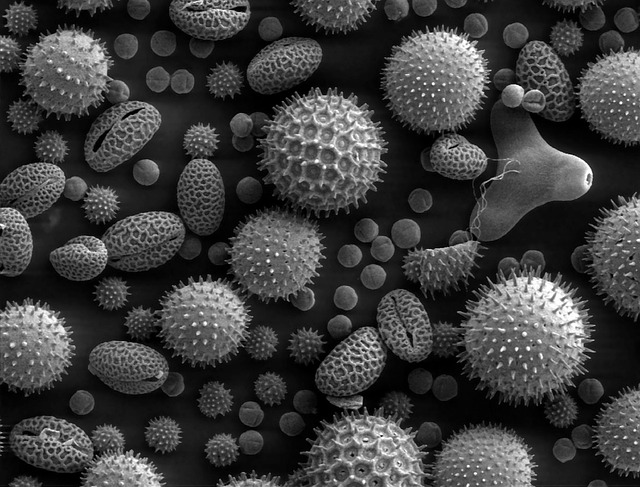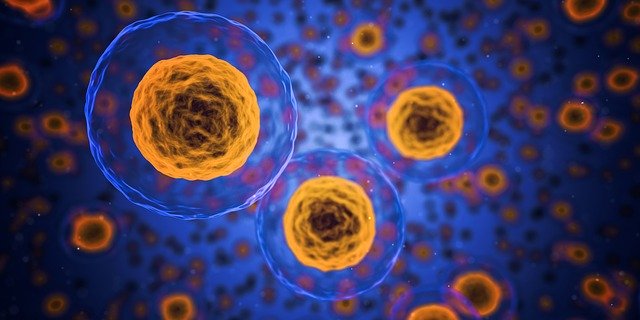Writing and science cannot exist in isolation. Instead, you can say that it is an indispensable part of scientific research as it forms the foundation of communicating the research work. No wonder this speaks a lot about the value of learning scientific writing skills. But questions often arise like where to begin from? Should one undergo a course? Or start practicing on their own? Well, in this blog we are trying to address these questions. We are sharing some important tips and considerations that can benefit beginners as well as experienced people to improve their scientific writing skills.
Begin with daily write-ups:
One of the best ways of learning writing is ‘To Write’. You must practice every day to become good at scientific writing. Initially, it may seem complicated but once you start practicing, you will find that your skills are improving day by day. If you find difficulty in writing science-related topics, you can choose to start with topics of your choice. Doesn’t matter whether it is related to the field or not as at the initial stage you need to focus on building the habit of writing. If you are not able to give special time to your writing skills then start using opportunities in daily life. For example, use social media postings. Twitter is considered to be the best option because you have limited space to write about a thought. This forces you to present an idea in the most concise and crisp manner without losing the true essence.
Raise the right questions:
Powerful and interesting writing is characterized by properly structured content. For this, you must raise questions such as – What? Where? When? Why? Who? How?
Fetching answers to these questions at the beginning of writing will help in charting down the scientific content in a precise manner. This way, you will be able to focus on the scientific idea and demands of readers more efficiently. However, one should only raise relevant questions that help in expanding the understanding of the scientific concept.
For example: To draft a write-up on the CRISPR-Cas system, one can raise the following questions to structure the content –
- What is the CRISPR- Cas system?
- Why it is in the news?
- From where the system has originated
- How it is helping the researchers develop new techniques?
- What are its applications?
- What are the expected future developments?
You will notice that the answer to these questions helps to make the content well organized. To explain further, the answer to the first question can be used to introduce about the CRISPR technology, answer to subsequent questions can form the body of the article while the answer to last question (future development) can form a part of way forward, conclusion or future prospects, which end your content on a good note.
Read about what you want to write
Another important consideration to improve writing skills is extensive reading. You can read articles, blog posts, research papers and other similar content in your niche area. This will help you learn different styles and patterns followed by the writer. Try reading the same topic from multiple sources. For example, read articles on CRISPR Cas from different websites. You will understand the pattern of writing, what points to focus, and you can even get to learn some new findings.
Reading extensively about a topic of interest will help you gain a good knowledge of it, reducing the chances of misinformation. However, always read from reliable and credible sources, even if you are reading from some random source make sure to find the reference that supports the statements.
Stick to simple words
People often have a perception that a good article consists of jargons but this is not true. Instead, an article must be easy to understand, it should easily communicate the idea of a writer to the readers. For this, one should prefer using simple and less complicated words. Writing in a way that can be easily understood by readers not only fetches their attention but also comforts them with your writing style. This allows a reader to finish off the entire article, which is otherwise left unread.
Writing is an art and it takes time to gain due expertise in it but it’s not impossible. Just start writing every day, and you can see the improvement in your skills. Implement the above-mentioned points while drafting the content and writing it down. Remember every great writer once started like this, so are you. Keep aside the fear and begin the journey of building scientific writing skills, which in the future can even help you fetch good writing jobs.





